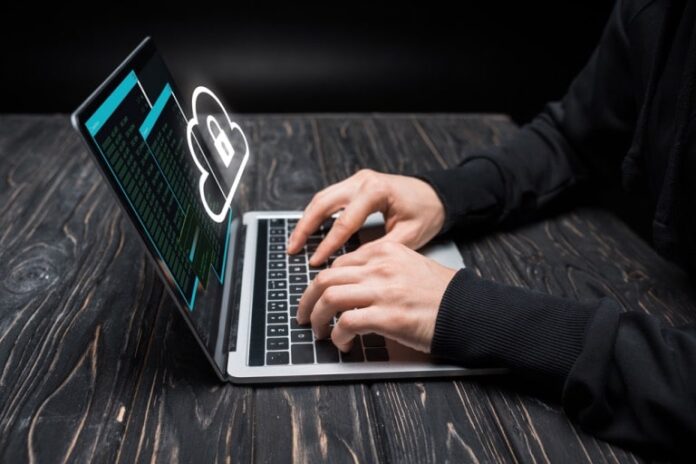With so much of our day-to-day lives carried out online, data theft has become a bigger issue than ever for those who keep sensitive information. Our data is a goldmine for cybercriminals — from financial information to personal correspondence. So, to secure them as much as possible you need a proactive approach. These are the five things you must do to protect it.
1. Use Strong, Unique Passwords
The first line of defense in achieving maximum security for your data is creating strong and unique passwords for your online accounts. Avoid using easily guessable information such as birthdays, names, or common words. A strong password should be at least 12 characters long and include a mix of uppercase and lowercase letters, numbers, and special symbols.
Use a password manager to help stay on top of different strong passwords This tool can create and remember complicated passwords secure that your accounts are secured, all these errors without having to memorize them.
Also, wherever you could enable two-factor authentication (2FA) Enabling this extra layer of protection requires you to have a second way to verify yourself, like SMS or some kind of authentication app; which in turn makes it almost impossible for unprivileged entities who want access to your accounts.
2. Regularly Update Your Software
It is also essential to keep your software updated for the highest level of security over personal information. Many times, these software updates contain security patches for known exploits or vulnerabilities that a hacker may target. Always keep your operating system, browsers and all other applications updated regularly.
Enable automatic updates, if available as this way you are sure your software will always be the latest and therefore secure version. Finally, also remember to install updates for all security software – and of course, check that you are running an updated antivirus or anti-malware program elsewhere on your devices.
3. Be Wary of Public Wi-Fi
While public Wi-Fi offers convenience, it can also pose significant risks to your data security. Cybercriminals often exploit unsecured networks to intercept sensitive information, such as passwords and financial data. To maintain maximum security when using public Wi-Fi, follow these guidelines:
- Avoid accessing sensitive accounts: If possible, refrain from logging into your bank or making purchases while on public networks.
- Use a Virtual Private Network (VPN): A VPN encrypts your internet connection, making it more difficult for hackers to intercept your data.
- Disable sharing settings: Before connecting to public Wi-Fi, turn off file sharing and other sharing settings on your devices to reduce exposure.
By being cautious and using protective measures, you can minimize risks associated with public Wi-Fi.
4. Regularly Review Account Activity
Monitoring your account activity is an essential aspect of maintaining maximum security for your data. Regularly check your bank and credit card statements for unauthorized transactions, and review your online accounts for any unfamiliar login activity.
Many financial institutions and online services offer alerts for suspicious activity. Enable these notifications to receive real-time updates about your account, allowing you to respond quickly if something seems amiss.
Additionally, it’s wise to periodically change your passwords, even for accounts that seem secure. Regularly refreshing your passwords can help limit the impact of any potential breaches.
5. Educate Yourself About Phishing Scams
Phishing scams are a common method used by cybercriminals to steal personal data. These scams often involve emails or messages that appear legitimate but are designed to trick you into revealing sensitive information. To achieve maximum security, it’s essential to educate yourself about these threats:
- Verify the sender: Always double-check the sender’s email address or phone number. Scammers often use addresses that closely resemble legitimate ones but may have subtle differences.
- Don’t click on suspicious links: If you receive an unexpected message that contains a link, do not click it without verifying its authenticity. Instead, navigate to the website directly by typing the URL into your browser.
- Look for red flags: Be wary of messages that create a sense of urgency, contain grammatical errors, or request sensitive information. Legitimate organizations will never ask for personal information via email or text.
By staying informed and vigilant, you can better protect yourself against phishing attempts and other threats to your data.
By following these steps, you can be more proactive at protecting your personal information and feeling reassured in an ever-more-connected world. And the security of your data is exclusively in your hands!
